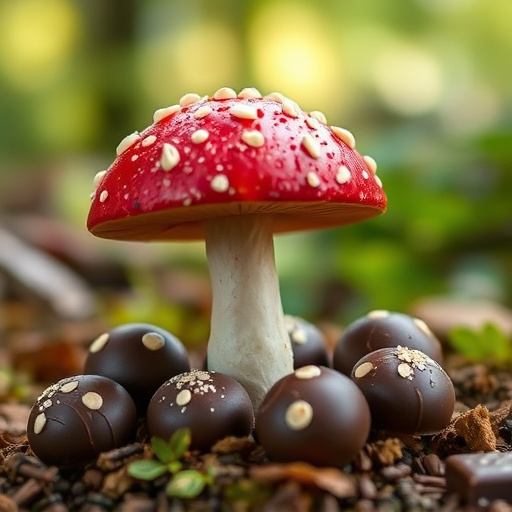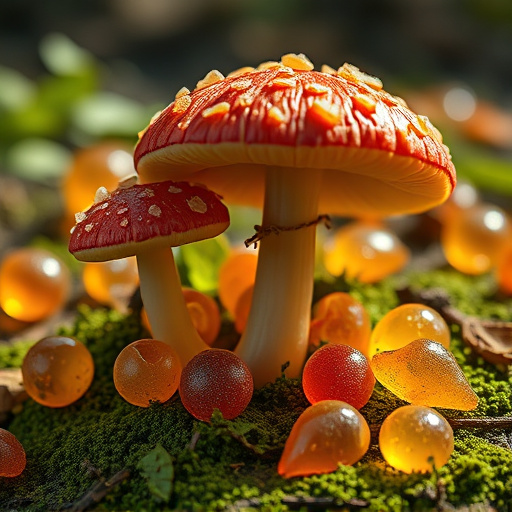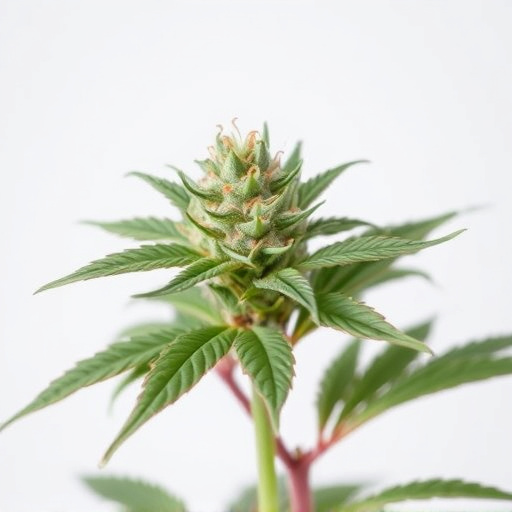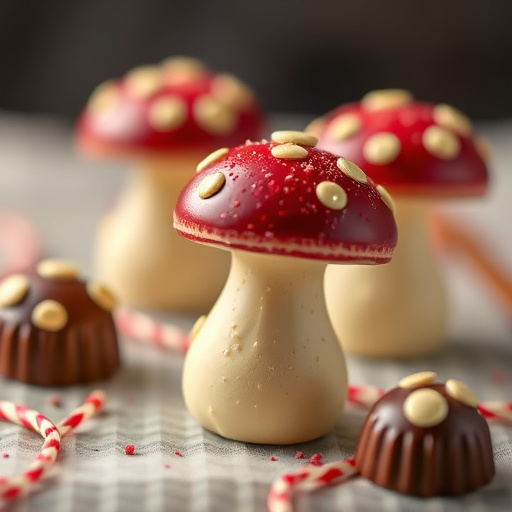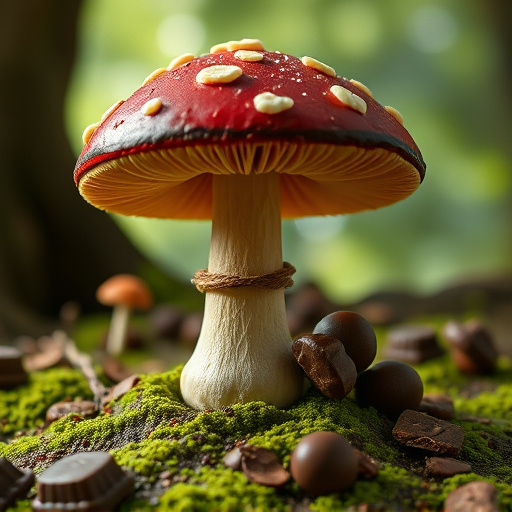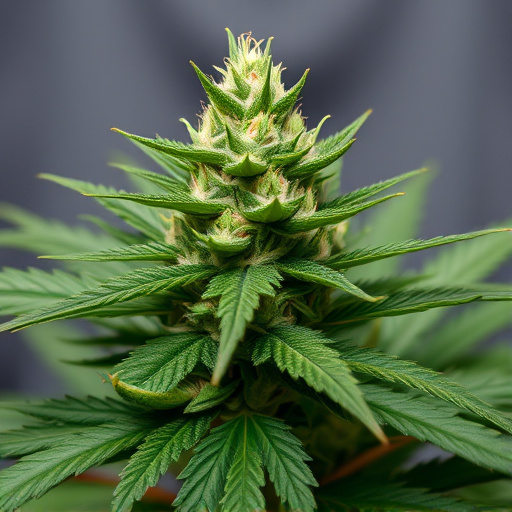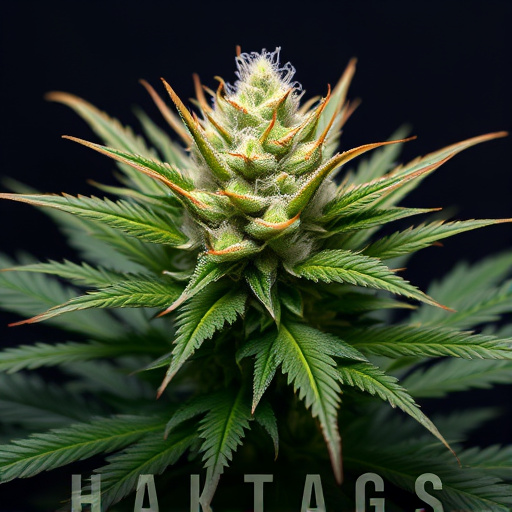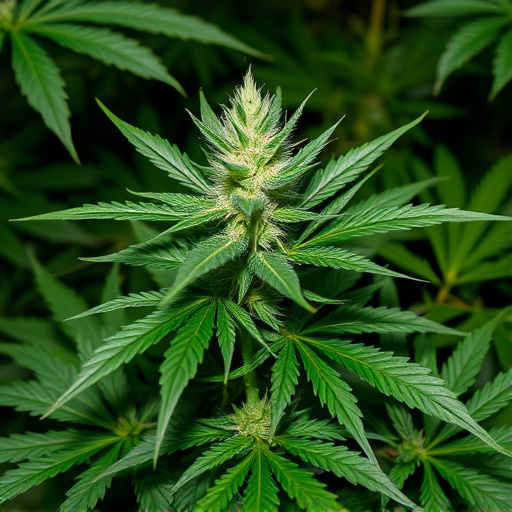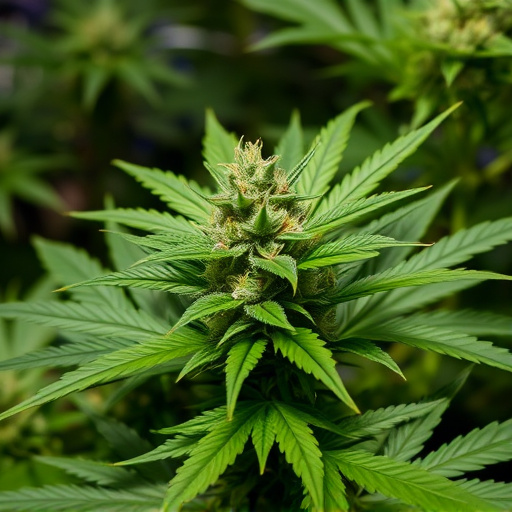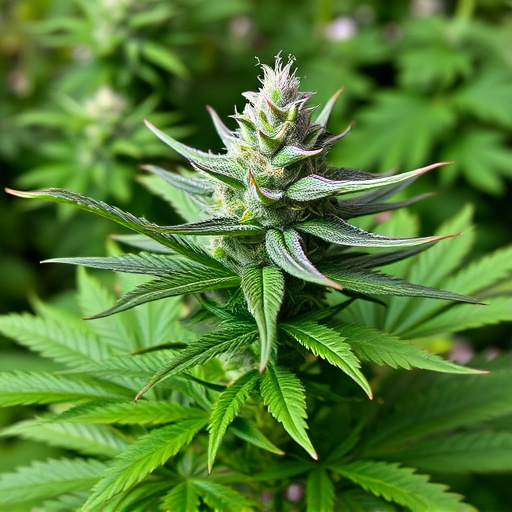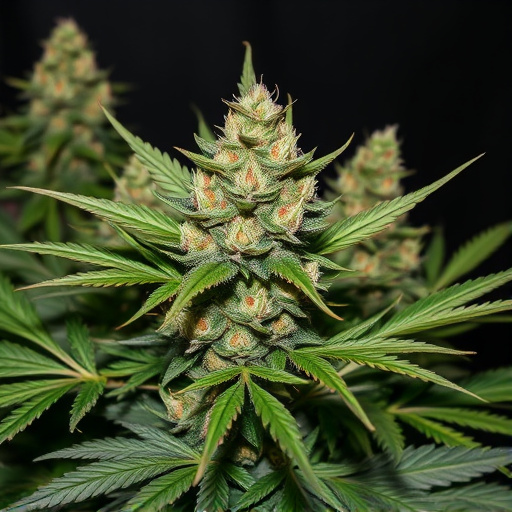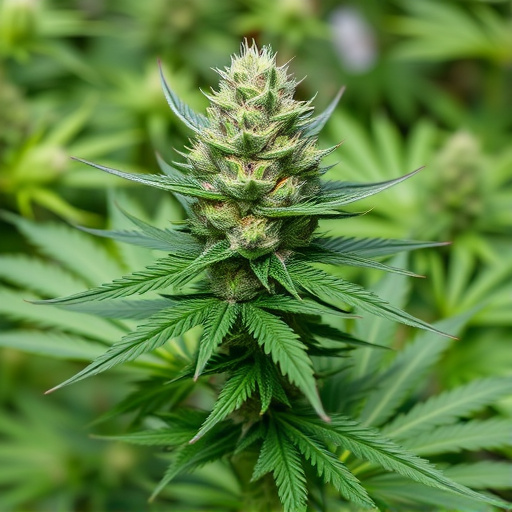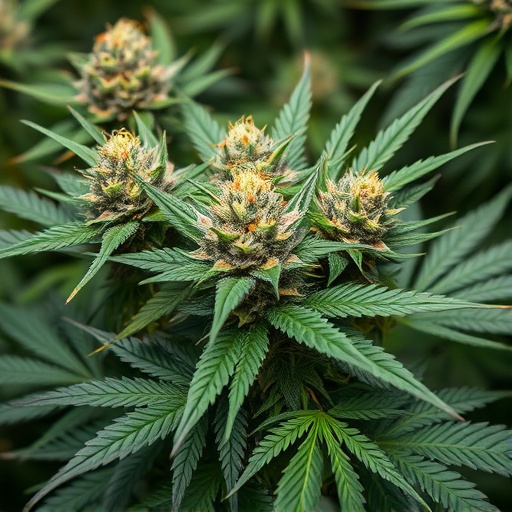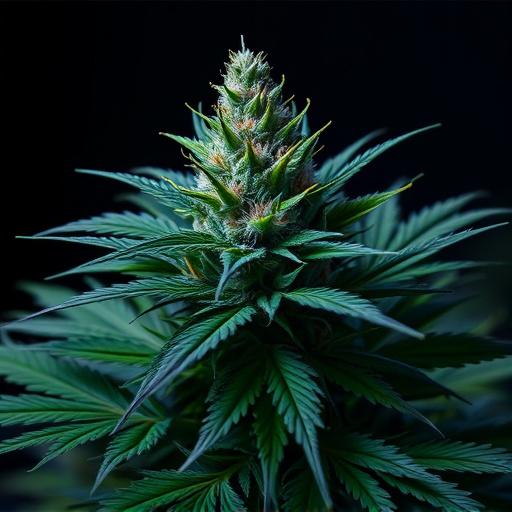Indoor and outdoor-grown indica cannabis strains exhibit stark visual differences due to contrasting cultivation environments. Indoor plants, with controlled light and temperature, grow denser, bushier, and darker, while outdoor plants adapt to sunlight by growing taller, leaner, and producing fewer but larger flowers. These variations offer distinct user experiences, reflecting the plant's unique adaptations to its surroundings.
Uncover the captivating distinctions between indoor and outdoor-grown cannabis flowers in this comprehensive guide. From vibrant green leaves to robust budding structures, each growth environment bestows unique physical characteristics on these remarkable plants. Explore how environmental factors, such as light, temperature, and humidity, dramatically affect cannabis composition, leading to varied experiences among strains. Dive into the world of popular indica cannabis strains and discover how their traits are shaped by the very essence of their cultivation.
- Physical Characteristics
- – Visual differences between indoor and outdoor plants
- – Growth patterns and plant structure
Physical Characteristics

The physical characteristics of indoor and outdoor-grown cannabis flowers can vary significantly, offering distinct experiences for users. Plants grown indoors under controlled environments often exhibit a denser and more compact structure due to the close space and artificial lighting. These indica cannabis strains tend to have broader leaves and shorter growth cycles, allowing cultivators to maximize yield in limited spaces. The flowers themselves are typically smaller but more abundant, leading to a higher concentration of resins and terpenes per flower.
In contrast, outdoor-grown cannabis plants benefit from natural sunlight and open space, resulting in longer growth periods and taller, leaner structures. These plants often develop long, slender leaves and fewer but larger flowers. Outdoor conditions can introduce varying environments, leading to a broader range of terpene profiles and potential effects, commonly associated with sativa strains. The overall appearance reflects the plant’s adaptation to its surroundings, creating visually distinct cannabis varieties.
– Visual differences between indoor and outdoor plants
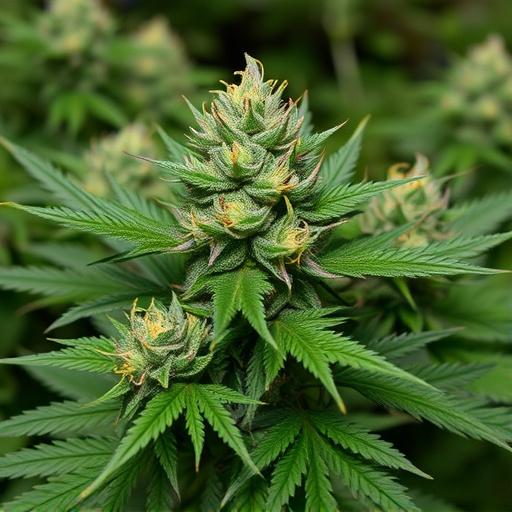
When comparing indoor and outdoor cannabis flowers, one of the most noticeable differences lies in their visual appearance. Plants grown indoors under controlled conditions often exhibit a denser and bushier structure due to the lack of natural wind and limited space. Their leaves tend to be darker green and may appear more vibrant, as they receive optimal nutrition from carefully monitored fertilizer regimens. Indoor-grown indica cannabis strains, known for their relaxing and sedative effects, can develop more lateral branches, resulting in a compact and symmetrical shape.
In contrast, outdoor plants are often taller and leaner, with long, slender leaves that catch the sunlight efficiently. These plants adapt to their environment by growing taller to reach more light, especially during the flowering phase. Outdoor indica strains may not branch as much, leading to a skinnier profile compared to their indoor counterparts. Visual cues like leaf shape, plant height, and overall density provide an initial indication of whether cannabis has been cultivated indoors or outdoors.
– Growth patterns and plant structure
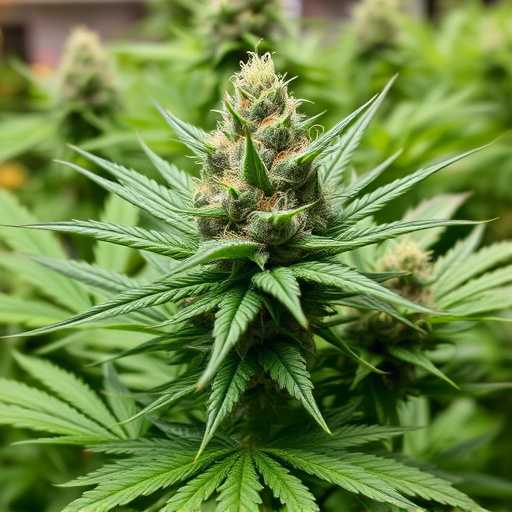
The growth patterns and overall plant structure of cannabis flowers can vary significantly depending on whether they are cultivated indoors or outdoors. Indoor cannabis plants, often nurtured in controlled environments like greenhouses or grow rooms, typically grow taller and more vertically dense. This is because growers can manipulate light cycles, temperature, and humidity to optimize the plant’s development, encouraging a stretchier growth pattern. Indica cannabis strains, known for their relaxing and sedative effects, tend to thrive indoors, where they can reach their full potential with careful cultivation.
In contrast, outdoor cannabis plants are at the mercy of nature’s elements. They usually grow shorter and bushier, adapting to their surroundings and often developing thicker stems and more lateral branches. Outdoor conditions, including natural sunlight exposure, varying temperatures, and humidity levels, can influence the plant’s final structure and the potency of its flowers. Indica strains grown outdoors may exhibit unique adaptations, such as denser buds and higher concentrations of terpenes, contributing to their distinct aroma and flavor profiles.
In conclusion, the physical characteristics of indoor and outdoor cannabis flowers exhibit distinct differences, influenced by their unique growth environments. Outdoor plants, often exposed to natural sunlight and varying climates, tend to have longer flowering cycles and develop more robust structures with dense, fluffy buds. On the other hand, indoor cultivation allows for precise control over light cycles, resulting in faster maturation times and often yielding compact, resinous flowers that are highly sought after by enthusiasts of indica cannabis strains. Understanding these differences is essential for cultivators and consumers alike, as it influences both the quality and characteristics of the final product.
